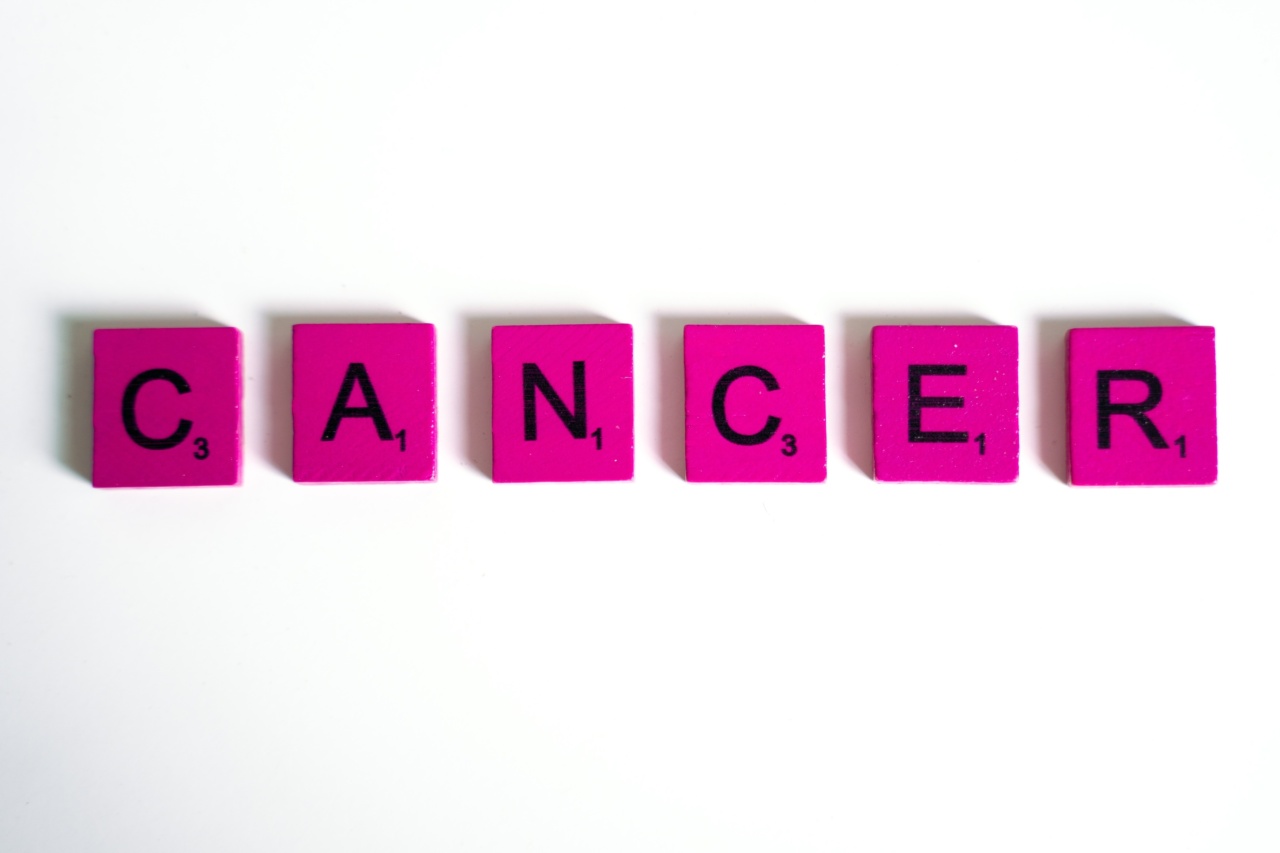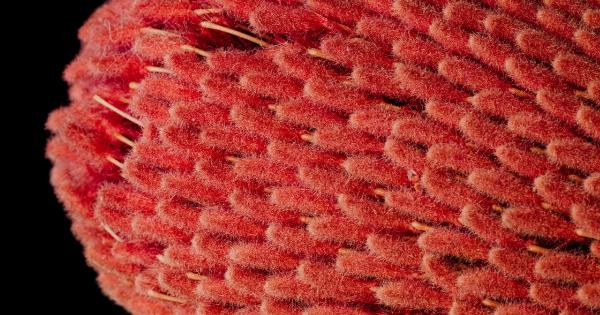Thyroid nodules refer to unusual growths, which varying sizes that often develop within the thyroid gland. Most thyroid nodules are non-cancerous and are usually discovered incidentally during routine neck examinations.
However, some nodules turn out to be cancerous, and therefore, understanding thyroid cancer signs is crucial for early identification and treatment. While not all unyielding thyroid nodules are cancers, it is essential to monitor them for unusual behavior.
In this article, we will take a detailed look at thyroid nodules, the risk factors associated with thyroid cancer and discuss some of the cancer signs to watch out for in unyielding thyroid nodules.
What are Thyroid Nodules?
Thyroid nodules are growths that develop within the thyroid gland, located in the neck just above the collarbone. Nodules can cause the thyroid gland to enlarge and affect its functions.
Most thyroid nodules don’t cause noticeable symptoms and are non-cancerous. However, in rare cases, thyroid nodules may lead to cancer.
Thyroid nodules are different in size, shape, and consistency. Some nodules are not detectable with physical exams; others are large enough to cause visible swelling in your neck or neck fullness.
While the incidence rate varies, studies estimate that up to 68% of the population can develop thyroid nodules. The incidence rate increases with age, and females are at a higher risk than males.
Thyroid Cancer
Thyroid cancer is a malignant tumor that grows in the thyroid gland. It is relatively rare and is diagnosed in less than 5% of people with thyroid nodules. However, early detection is crucial because it allows for timely intervention and treatment.
There are different types of thyroid cancer, including papillary thyroid cancer, follicular thyroid cancer, medullary thyroid cancer, and anaplastic thyroid cancer.
Risk Factors Associated with Thyroid Cancer
Various factors increase the risk of thyroid cancer. Some of these factors include.
- Gender: Females are at higher risk of developing thyroid cancer than males
- Age: Thyroid cancer can occur at any age, but most thyroid cancers occur in people above 60 years
- Family history of thyroid cancer
- Heredity syndromes, such as familial medullary thyroid cancer
- Iodine exposure: excessive iodine intake may increase the risk of follicular thyroid cancer
- Radiation exposure: exposure to high doses of radiation of the head and neck region increases the risk of papillary thyroid cancer
- Thyroid nodules
- Hormone imbalances like Hypothyroidism and Hyperthyroidism
Signs and Symptoms of Thyroid Cancer
Thyroid cancer may not cause noticeable symptoms at the first stage. The symptoms may only become apparent in later stages when the cancer is already advanced. Some of the common signs of thyroid cancer include:.
- Lump or nodule in the neck
- swelling in the neck
- Hoarseness or voice impairment
- difficulty in swallowing or breathing
- neck pain that extends up to the ears
- a persistent cough that is not related to a cold
- change in thyroid function
- enlargement of lymph nodes in the neck.
Cancer Signs in Unyielding Thyroid Nodules
Thyroid nodules are common, but only a small percentage of nodules are cancerous. However, it is essential to monitor thyroid nodules for signs of cancer. Unyielding thyroid nodules can be challenging to diagnose, but obtaining a diagnosis is crucial.
Persistent lumps that do not go away even after treatment are a significant concern.
Other cancer signs in unyielding thyroid nodules include:.
- Large Nodules: Nodules that are greater than one inch in diameter are more likely to be cancerous than smaller nodules
- Hard Nodules: while most nodules are soft and fluid-filled, nodules that are firm to the touch may be cancerous
- Irregular Shape: Thyroid nodules that are asymmetrical may not be harmless and could indicate cancer. The nodules usually grow rapidly and have an irregular shape
- Calcification: Tiny mineralized deposits within a nodule may be a sign of cancer. Calcium deposits usually appear during ultrasounds and can be a concern for cancer
- Rapid Growth: Rapid changes and growth in the size of thyroid nodules may indicate cancer. Cancerous nodules typically grow aggressively within weeks or months.
Diagnosing Thyroid Nodules and Cancer
Diagnosing a thyroid nodule and cancer is a complex process. Your doctor will typically perform an ultrasound examination to analyze the physical features of the nodule and help describe it.
The ultrasound test identifies the nodule’s size, shape, location, and characteristics that may be cancerous. Suspicious nodules often undergo fine-needle aspiration (FNA), which involves inserting a needle into the nodule and collecting a sample of cells for laboratory testing to determine if they are malignant or benign.
In some cases, a biopsy test may require additional diagnostic tests. These include thyroid hormone and autoimmune blood tests, scans, or additional imaging tests may be done depending on test results.
A biopsy of the thyroid nodule is essential because it allows doctors to determine if cancer is present and evaluate its stage and characteristics to tailor treatment.
Treatment for Thyroid Cancer
The treatment of thyroid cancer depends mainly on the type and stage of cancer.
The common treatment options include:.
- Surgery: The most common treatment for thyroid cancer is surgery. The surgeon removes all or part of the thyroid gland to remove the cancer cells.
- Radioactive Iodine Treatment: Radioactive iodine therapy destroys thyroid cells remaining after surgery or that metastasized to other areas.
- External Radiation: Small thyroid cancers that cannot be removed with other options can be treated with external beam radiation therapy.
- Hormone Thaerapy: Hormonal treatments help control cancer growth and improve symptoms.
Preventing Thyroid Cancer and Nodules
Prevention of thyroid cancer is challenging because there are no significant actions to guarantee prevention. However, some steps may help avoid the risk factors that can cause thyroid cancer.
Following these measures may reduce the risk of thyroid cancer:.
- Avoiding radiation exposure: Limit ultraviolet radiation exposure, such as those from x-rays and CT scans, and only undergo them when necessary.
- Consume moderate iodine: Excessive iodine intake increases the risk of thyroid nodules and thyroid cancer. Consume moderate iodine amounts that are within recommended intake limits.
- Regular Checkups: Conduct regular checkups with your doctor, and whenever you notice abnormal lumps or bumps in your neck.
Conclusion
Thyroid nodules can be a cause for concern but not always cancerous. However, it is vital to monitor them for unusual behavior as unyielding nodules could be a sign of cancer.
Consulting your doctor and identifying symptoms of thyroid cancer early is the key to prompt intervention and successful treatment.
If you have a thyroid nodule or feel a lump in your neck, it is essential to seek medical attention, get tested, and treated to avoid complications.





























